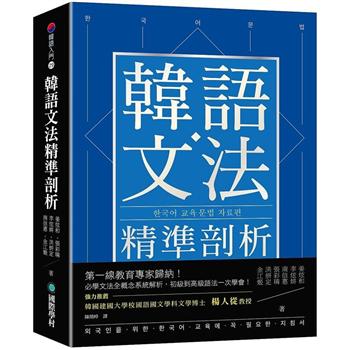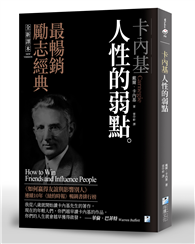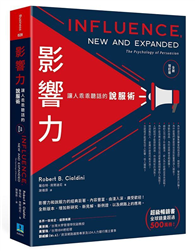This book scrutinizes the events of 1919 from below: the global underside of the Wilsonian moment. During 1919 the Great Powers redrew the map of the world with the Treaties of Paris and established the League of Nations intending to prevent future war. Yet what is often missed is that 1919 was a complex threshold between war and peace contested on a global scale. This process began prior to war’s end with mutinies, labour and consumer unrest, colonial revolt but reached a high point in 1919. Most obviously, the Russian Revolutions of 1917 continued into 1919 which signalled a decisive year for the Bolshevik regime. While the leaders of the Great Powers famously drew up new states in their Parisian hotel rooms, state formation also had a popular dynamic. The Irish Republic was declared. Afghanistan gained independence. Labour unrest was widespread. This year witnessed the emergence of anti-colonial insurgency and movements across Europe’s colonies; in metropolitan centres of Empire, race riots took place in the UK and during the ’red summer’ in the US, anti-colonial movements, as well as an important moment of political enfranchisement for women but their expulsion from the wartime labour force. 1919 has many legacies: the first Arab spring, with the awakening of nationalism in the Wilsonian and Bolshevik context; the moment (as a consequence of Jallianwala Bagh) that Britain definitively lost its moral claim to India; the definitive announcement of Black presence in the UK; the great reversal of women’s participation in the skilled occupations; the first Fascist movement was founded.
| FindBook |
有 1 項符合
The Global Challenge of Peace: 1919 as a Contested Threshold to a New World Order的圖書 |
 |
The Global Challenge of Peace: 1919 as a Contested Threshold to a New World Order 作者:Perry 出版社:Liverpool University Press 出版日期:2024-08-02 語言:英文 規格:平裝 / 320頁 / 23.39 x 15.6 x 1.7 cm / 普通級/ 初版 |
| 圖書館借閱 |
| 國家圖書館 | 全國圖書書目資訊網 | 國立公共資訊圖書館 | 電子書服務平台 | MetaCat 跨館整合查詢 |
| 臺北市立圖書館 | 新北市立圖書館 | 基隆市公共圖書館 | 桃園市立圖書館 | 新竹縣公共圖書館 |
| 苗栗縣立圖書館 | 臺中市立圖書館 | 彰化縣公共圖書館 | 南投縣文化局 | 雲林縣公共圖書館 |
| 嘉義縣圖書館 | 臺南市立圖書館 | 高雄市立圖書館 | 屏東縣公共圖書館 | 宜蘭縣公共圖書館 |
| 花蓮縣文化局 | 臺東縣文化處 |
|
|
圖書介紹 - 資料來源:博客來 評分:
圖書名稱:The Global Challenge of Peace: 1919 as a Contested Threshold to a New World Order
|











